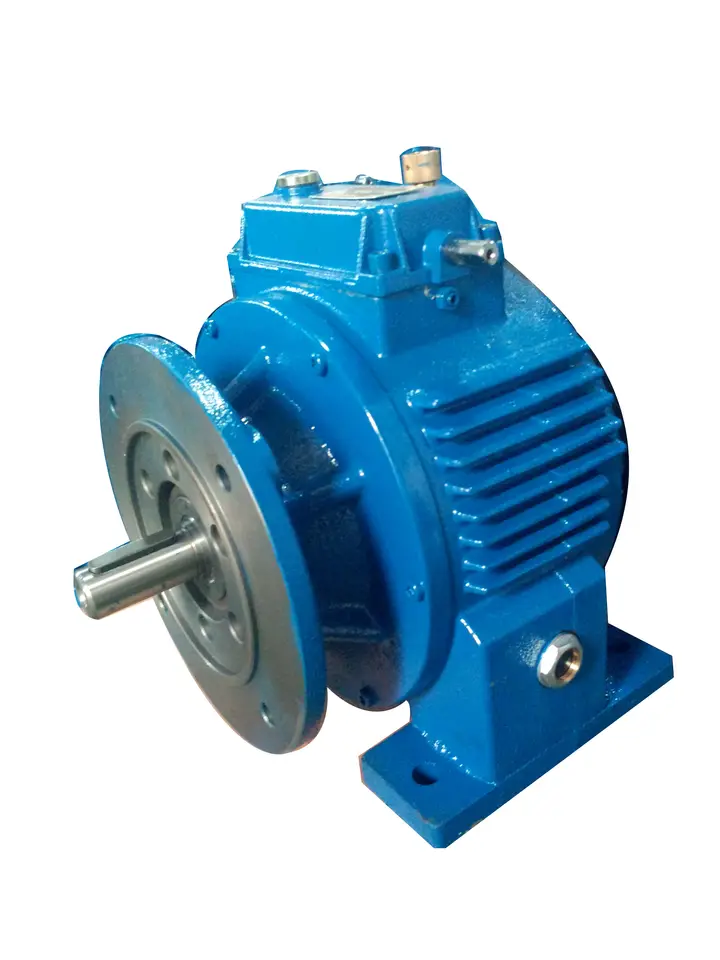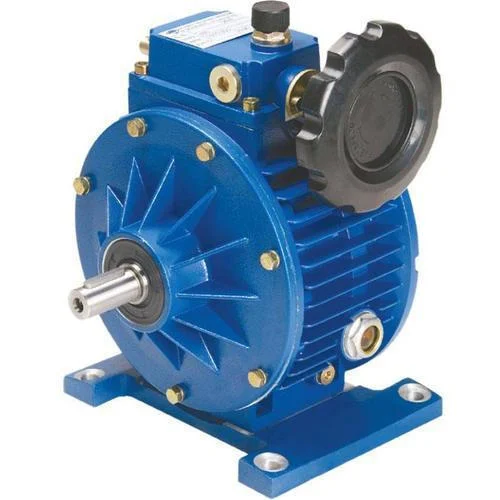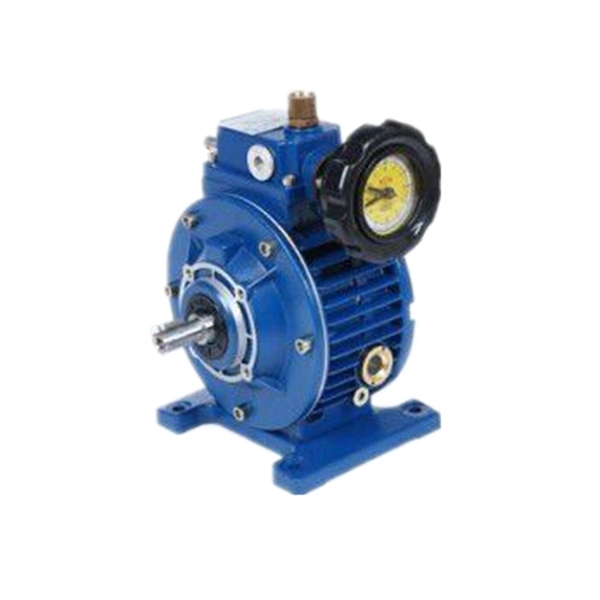Product Description
|
K series helical bevel speed gearbox reducer |
|
|
Product name |
Model K 107 series helical bevel gearbox motor reducer with oil seal overload parallel transmission 90 degree China factory |
|
Warranty |
1 year |
|
Applicable Industries |
Hotels, Building Material Shops, Manufacturing Plant, Machinery Repair Shops, Food & Beverage Factory, Farms, Home Use, Retail, |
|
Weight (KG) |
50KG |
|
Customized support |
OEM, ODM, OBM |
|
Gearing Arrangement |
Helical |
|
Output Torque |
3.5-56845N.m |
|
Input Speed |
0-3000rpm/min |
|
Output Speed |
0.1-356rpm/min |
|
Place of Origin |
China |
|
Product name |
K Series Parallel Shaft Helical Gear Reducer |
|
Output Torque |
10-62800N.m |
|
Output Speed |
750-3000rpm/min |
|
Input Speed |
0-3000rpm/min |
|
Input power |
0.12-250kw |
|
Mounting Position |
Foot Mounted. Flange Mounted |
|
Ratio |
3.77~281.71 |
|
Gearing Arrangement |
Helical |
|
Reduction ratio |
68 |
|
Hardness of Tooth Surface |
Tooth surface hardness |
Detailed Photos
Product Description
-K Series Helical Bevel Gearbox
K series product performance
High transmission efficiency, low energy consumption and superior performance. High rigidity cast iron box with ribs; hard-toothed gears are made of high-quality alloy steel, the surface is carburized and quenched and hardened, and the teeth are finely machined, with stable transmission, low noise, large bearing capacity, low temperature rise and long service life.
High hardness high grinding accuracy
The gears are made of high-quality alloy carburizing and quenching, the tooth surface hardness is as high as 60±2hrc, and the tooth surface grinding accuracy is as high as 5-6 grades.
Elaborate design
From the box to the internal gear, it adopts a complete modular structure design, which is suitable for largescale production and
flexible selection.
Save power
The standard reducer model is divided according to the form of decreasing torque. Compared with the traditional equal proportion division, it is more in line with customer requirements and avoids power waste.
Certifications
| Hardness: | Hardened Tooth Surface |
|---|---|
| Installation: | 90 Degree |
| Layout: | Expansion |
| Gear Shape: | Bevel Gear |
| Step: | Single-Step |
| Type: | Gear Reducer |
| Samples: |
US$ 1000/Piece
1 Piece(Min.Order) | |
|---|

How do variator gearboxes handle changes in speed while maintaining efficiency?
Variator gearboxes are designed to handle changes in speed while maintaining efficiency through their unique construction and control mechanisms. Here’s how variator gearboxes achieve efficient speed handling:
Continuous Adjustment:
Variator gearboxes offer continuous and stepless adjustment of the gear ratio or speed control mechanism. This feature allows for precise control of the output speed, enabling efficient handling of speed changes. By continuously adjusting the gear ratio, variator gearboxes can match the desired output speed while minimizing energy losses and maintaining overall efficiency.
Responsive Control Mechanisms:
Variator gearboxes incorporate control mechanisms that respond quickly to speed adjustment inputs. These control mechanisms can be mechanical, hydraulic, electronic, or a combination of these. When a change in speed is required, the control system activates and adjusts the variator mechanism to modify the gear ratio accordingly. The responsiveness of these control mechanisms ensures that speed changes can be executed promptly and efficiently.
Optimized Gear Design:
Variator gearboxes are engineered with optimized gear designs that minimize energy losses during speed changes. The gear profiles, tooth shapes, and gear ratios are carefully designed to reduce friction and improve the meshing efficiency between the gears. This optimization helps to maintain high power transmission efficiency even during speed adjustments, allowing the gearbox to handle changes in speed efficiently.
Stable Speed Maintenance:
Variator gearboxes are designed to maintain the selected speed setting with high stability. Once the desired speed is achieved, the gearbox is engineered to minimize speed variations due to external load changes or disturbances. This stability ensures that the output speed remains consistent, contributing to efficient speed handling. By minimizing speed fluctuations, variator gearboxes can prevent unnecessary energy losses and maintain overall efficiency.
Feedback and Control Systems:
Some variator gearboxes incorporate feedback and control systems that monitor the output speed and adjust the gear ratio or control parameters accordingly. These systems provide closed-loop control, constantly comparing the actual speed with the desired speed and making adjustments to maintain efficient speed handling. By continuously monitoring and fine-tuning the gear ratio, the gearbox can adapt to changing speed requirements while optimizing efficiency.
Wide Speed Range:
Variator gearboxes offer a wide range of achievable speeds, allowing for flexibility in speed handling. They can cover a broad spectrum of speed requirements by adjusting the gear ratio or other speed control mechanisms. This wide speed range enables efficient speed handling across different operating conditions and applications, ensuring that the gearbox can operate at its optimal efficiency throughout the speed range.
By incorporating continuous adjustment, responsive control mechanisms, optimized gear design, stable speed maintenance, feedback and control systems, and a wide speed range, variator gearboxes can handle changes in speed efficiently while maintaining high power transmission efficiency. These features make them well-suited for applications that require precise and efficient speed handling.

What considerations should be taken into account when choosing lubrication for variator gearboxes?
When choosing lubrication for variator gearboxes, several important considerations should be taken into account. The lubricant plays a critical role in ensuring smooth operation, reducing friction, dissipating heat, and protecting the internal components of the gearbox. Here are the key factors to consider when selecting lubrication for variator gearboxes:
Operating Conditions:
The operating conditions of the variator gearbox are a primary consideration when choosing lubrication. Factors such as temperature, load, speed, and the environment in which the gearbox operates should be evaluated. Lubricants have specific viscosity and temperature ranges in which they perform optimally. It is essential to select a lubricant that can maintain its properties and provide adequate lubrication under the anticipated operating conditions.
Viscosity:
Viscosity is a vital property of lubricants. It determines the lubricant’s resistance to flow and its ability to form a stable lubricating film between moving components. The viscosity of the lubricant should be selected based on the speed and load requirements of the variator gearbox. If the viscosity is too low, it may result in inadequate lubrication and increased wear. Conversely, if the viscosity is too high, it may create excessive friction and power losses. Manufacturers typically provide viscosity recommendations based on the gearbox’s design and intended application.
Lubricant Type:
There are various types of lubricants available for variator gearboxes, including mineral oils, synthetic oils, and greases. Each type has specific characteristics and performance properties. Mineral oils are commonly used and offer good lubrication properties at a lower cost. Synthetic oils provide enhanced performance in terms of temperature stability, oxidation resistance, and load-carrying capacity. Greases are often used in applications where the gearbox operates in a sealed environment or requires extended lubrication intervals. The type of lubricant should be selected based on the specific requirements and operating conditions of the variator gearbox.
Additives and Properties:
Lubricants may contain additives to enhance their performance and provide additional benefits. These additives can include anti-wear agents, extreme pressure additives, antioxidants, and corrosion inhibitors. Consideration should be given to the presence of these additives and their compatibility with the gearbox components. Additionally, properties such as foaming tendency, air release, and water separation characteristics should be evaluated to ensure the lubricant can effectively perform its intended functions within the variator gearbox.
Compatibility:
Compatibility between the lubricant and the materials used in the variator gearbox is crucial. Lubricants should be compatible with the gearbox’s seals, gaskets, o-rings, and other elastomeric components. Incompatible lubricants can cause swelling, degradation, or loss of functionality in these components. It is important to consult the gearbox manufacturer’s recommendations or seek expert advice to ensure the selected lubricant is compatible with all the materials used in the variator gearbox.
Maintenance and Service Intervals:
The maintenance requirements and recommended service intervals should be considered when choosing lubrication for variator gearboxes. Some lubricants may have longer service life and extended maintenance intervals, while others may require more frequent replenishment or change-outs. Evaluating the lubricant’s longevity and the gearbox’s maintenance schedule will help determine the most suitable lubrication option that meets the operational and maintenance requirements of the variator gearbox.
By considering the operating conditions, viscosity requirements, lubricant type, additives and properties, compatibility, and maintenance aspects, one can make an informed choice when selecting lubrication for variator gearboxes. Proper lubrication selection and regular maintenance will contribute to the longevity, efficiency, and reliable performance of the variator gearbox in various industrial applications.

How do variator gearboxes contribute to continuously adjustable speed control?
Variator gearboxes play a significant role in providing continuously adjustable speed control in mechanical systems. They offer several key features and mechanisms that enable this capability:
- Stepless Speed Variation: Variator gearboxes allow for stepless and continuous adjustment of the output speed within a certain range. Unlike traditional gearboxes with fixed gear ratios, variators provide infinite possibilities for speed control. This feature enables precise and fine-tuned speed adjustments, allowing for optimal performance in various applications.
- Variable Diameter Pulleys: One common mechanism used in variator gearboxes is the variable diameter pulley system. This system consists of two pulleys connected by a belt. By adjusting the position of the pulleys, the effective diameter of the pulleys changes, altering the speed ratio between the input and output. This variable diameter pulley mechanism enables continuous adjustment of the output speed, providing the basis for continuously adjustable speed control.
- Smooth and Continuous Transitions: Variator gearboxes offer smooth and seamless transitions between different output speeds. As the pulley diameters are adjusted, the belt smoothly moves along the pulleys without sudden jumps or changes. This allows for precise and gradual speed control, ensuring smooth operation and minimizing any potential disruptions or vibrations in the mechanical system.
- Manual or Automatic Control: Variator gearboxes can be controlled manually or automatically, depending on the specific application. In manual systems, operators can adjust the pulley positions using mechanical or hydraulic mechanisms. Automatic systems, on the other hand, employ computer control or electronic control units (ECUs) to dynamically adjust the pulley positions based on various parameters such as speed, load, or user inputs. This flexibility in control options allows for efficient and convenient speed adjustments in different operating conditions.
- Wide Speed Range: Variator gearboxes typically offer a wide range of speed adjustment. The specific speed range depends on the design and capabilities of the gearbox. Some variators can achieve significant speed reductions or increases, allowing for versatile speed control in applications where a wide range of speeds is required.
The continuously adjustable speed control provided by variator gearboxes is beneficial in numerous applications. For example, in vehicles, variators are used in continuously variable transmissions (CVTs) to optimize engine performance and fuel efficiency. In industrial machinery, variators allow for precise control of rotational speeds in processes such as machining, material handling, and conveyor systems. Additionally, variators find applications in power transmission systems, where they enable efficient and flexible speed adjustments in generators, pumps, and other equipment.
In summary, variator gearboxes contribute to continuously adjustable speed control through their stepless speed variation, variable diameter pulley mechanisms, smooth transitions, manual or automatic control options, and wide speed range. These features make variator gearboxes valuable components in achieving precise and efficient speed control in various mechanical systems.


editor by CX 2023-11-15
